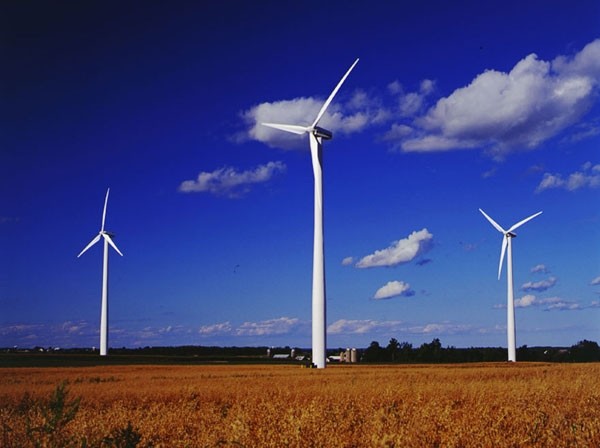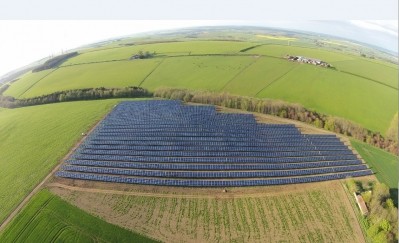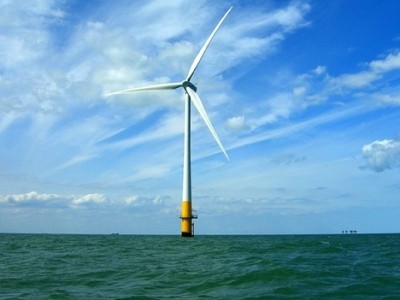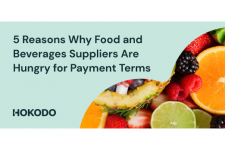Five things all food manufacturers need to know about renewable energy

Food manufacturers have shown a surge in interest in renewable energy in 2013, with many feeling the pinch of energy price increases because of high heat and cooling demands in their production processes.
Md Carl Benfield said now was the time for firms to consider renewable energy as an insurance against rising costs.
However, before they did they needed to know five key things. These included the importance of carrying out a full business review of current energy costs, the six main varieties of renewable technology and the many ways of paying for renewable energy solutions, he claimed.
‘Higher end of energy consumption’
“Food manufacturers often sit at the higher end of energy consumption, because of the nature of what they do,” said Benfield. “The majority of the heating or electricity you use will be fossil fuel based, and as the fuels become scarcer the cost increases, having a direct impact on your energy bill.”
Following an initial business review, Benfield said many firms would discover offsetting their fossil fuel energy into a lower, fixed cost, and sometimes free-alternative would give protection against unpredictable energy price rises.
The six types of renewable technology Benfield recommended form two groups.
He advised firms to consider biomass boilers, heat pumps and solar thermal energy under the renewable heat group; and solar panels, wind turbines and hydroelectric technology under the renewable energy group.
When looking to fund new technology firms should consider five options other than capital expenditure (Capex), Benfield added.
“The best financial rewards through renewable energy come from raising Capex from your own funds,” he said. “However, raising Capex isn’t always an option and sometimes isn’t ideal for your own financial model.”
The five other ways are getting a loan, getting a lease, getting crowdfunding, renting your roof or field and securing an energy supply contract. To find out more about these funding options and their benefits, click here.
The final two things Benfield claimed food manufacturers needed to know about renewable energy were both money orientated.
Get paid for generating energy
Firstly, he said firms needed to recognise that they could get paid for generating energy by becoming involved with two government-backed incentives – Feed in Tariff and the Renewable Heat Incentive.
With Feed the Tariff, firms are paid an amount by their energy provider for every unit of electricity they generate. Companies are free to use this electricity and any surplus energy is fed back through the grid. Businesses are then paid a separate lower amount for this energy.
The Renewable Heat Incentive is an amount paid out by the government for every unit of heat created from renewable means.
Finally, companies needed to realise that saving money should be the driving factor for getting involved with renewable energy, not meeting sustainability objectives and considering a firm’s environmental impact, Benfield claimed.
“The thing to remember with energy is every situation is different in terms of technical and financial arrangements. Ticking all these boxes won’t give the answer for food manufacturers, but it is likely to produce a solution that will provide what they need,” he added.




















